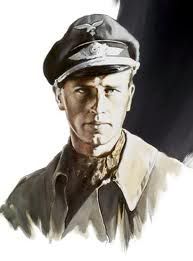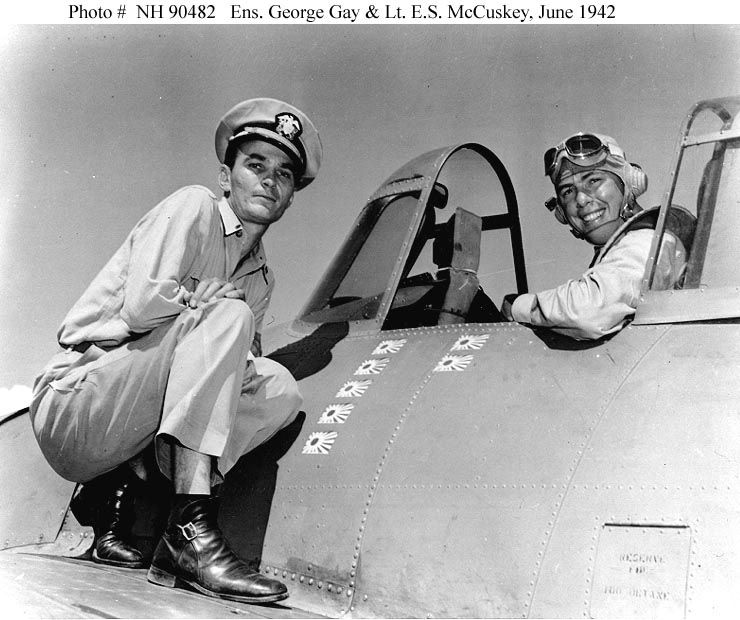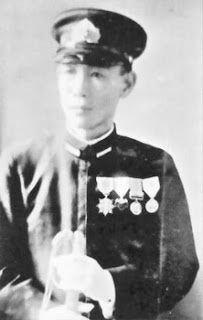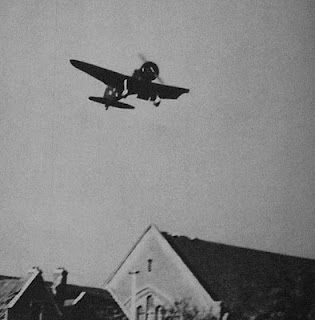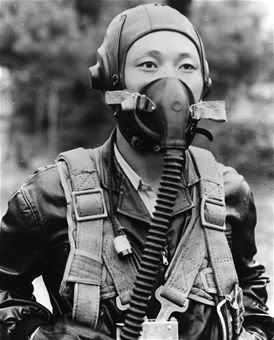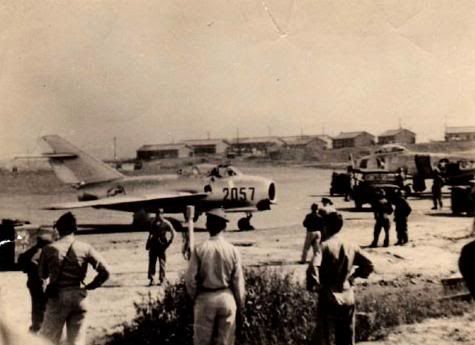- Joined
- Oct 11, 2010
- Messages
- 13,114
- Reaction score
- 8,131
- Age
- 61
Stefan Westmann, a German officer, endured the long British artillery bombardment that began the Battle of the Somme in one of the most fiercely contested areas of the front line.
Westmann was from Berlin, but in 1914 he was a medical student at Freiburg University. He was called up for National Service in April that year into the local Freiburg Infantry Regiment No.113, which was mobilised for war in August.
His first experience of trench warfare was against the French. He then briefly served on the Eastern Front before returning to France and the trenches at Serre, on the Somme. There, in December 1914, he was wounded by a shell burst. While he was recovering it was discovered that he had been a medical student. He was given a commission and appointed probationer surgeon at a German hospital in St Quentin.
In 1916 he was sent to Verdun. Just before the Battle of the Somme, he became medical officer attached to Infantry Regiment No.119 just south of Beaumont-Hamel. He witnessed the British bombardment and the opening attack, which he graphically described in an interview in 1963: 'For seven days and nights we were under incessant bombardment. Day and night, the shells - heavy and light ones - came upon us. Our dugouts crumbled. They fell upon us and we had to dig ourselves and our comrades out. Sometimes we found them suffocated; sometimes smashed to pulp.'
Westmann continued serving as a medical officer. He was awarded the Iron Cross First Class and survived the rest of the war unscathed. On his return to Berlin he resumed his civilian medical career but left Germany when Hitler came to power. He settled in Britain, changing his name to Stephen Westman, where he ran a successful Harley Street practice. He wrote his memoirs Surgeon with the Kaiser’s Army (London: William Kimber, 1968) shortly before he died.
Westmann was from Berlin, but in 1914 he was a medical student at Freiburg University. He was called up for National Service in April that year into the local Freiburg Infantry Regiment No.113, which was mobilised for war in August.
His first experience of trench warfare was against the French. He then briefly served on the Eastern Front before returning to France and the trenches at Serre, on the Somme. There, in December 1914, he was wounded by a shell burst. While he was recovering it was discovered that he had been a medical student. He was given a commission and appointed probationer surgeon at a German hospital in St Quentin.
In 1916 he was sent to Verdun. Just before the Battle of the Somme, he became medical officer attached to Infantry Regiment No.119 just south of Beaumont-Hamel. He witnessed the British bombardment and the opening attack, which he graphically described in an interview in 1963: 'For seven days and nights we were under incessant bombardment. Day and night, the shells - heavy and light ones - came upon us. Our dugouts crumbled. They fell upon us and we had to dig ourselves and our comrades out. Sometimes we found them suffocated; sometimes smashed to pulp.'
Westmann continued serving as a medical officer. He was awarded the Iron Cross First Class and survived the rest of the war unscathed. On his return to Berlin he resumed his civilian medical career but left Germany when Hitler came to power. He settled in Britain, changing his name to Stephen Westman, where he ran a successful Harley Street practice. He wrote his memoirs Surgeon with the Kaiser’s Army (London: William Kimber, 1968) shortly before he died.




